Read
Edit
History
Notify
Share
AO Computer
AO is a hyper-parallel computing system designed to enable decentralized and scalable computing without practical limitations on scale. It integrates the trust-minimization properties of blockchain technology with the efficiency and performance of traditional cloud computing environments. By combining these elements, AO facilitates trustless and cooperative computation across a distributed network. [1] [6]
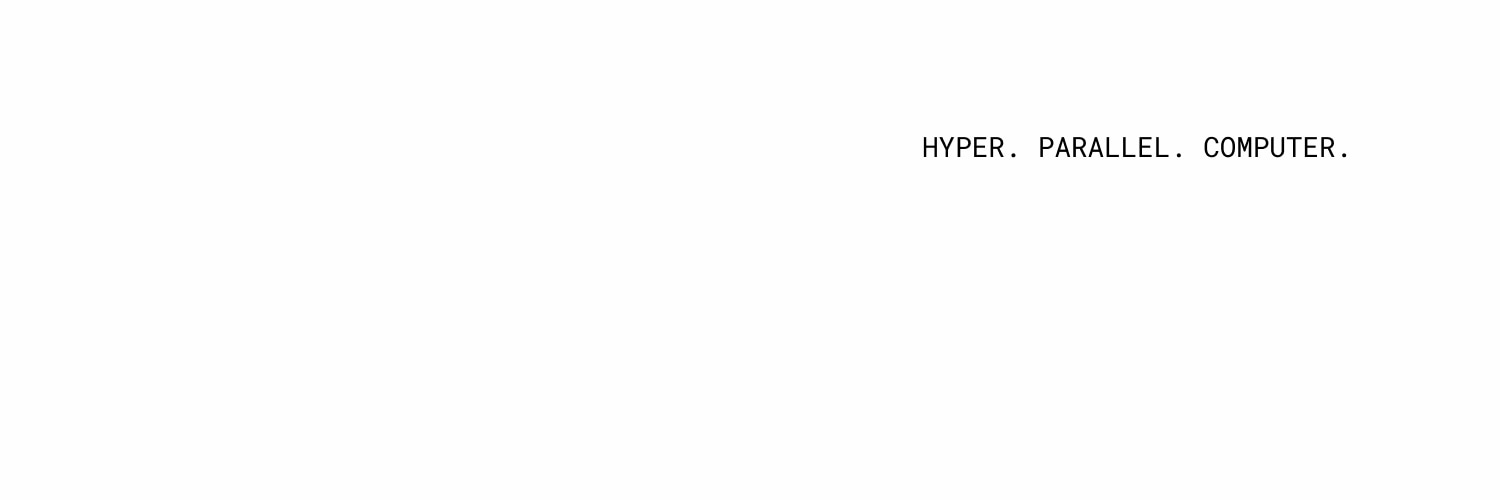
Overview
AO is a decentralized, hyper-parallel computing system built on the Arweave network. It aims to overcome the limitations of traditional computing environments by eliminating central points of failure, data breaches, and censorship risks. AO enables transparent, verifiable computation through a decentralized structure, with a reproducible log of messages stored on Arweave. AO supports an unlimited number of parallel processes, each with its independent state, allowing for greater scalability and performance. [1] [2]

Key Characteristics
- Parallel Processing: AO supports an unlimited number of independent processes running concurrently, enabling scalability similar to traditional computing systems.
- Unbounded Computation: Processes in AO are not constrained by protocol-imposed limitations on the amount of information they can handle, allowing for flexible computation based on the caller's resources.
- Integration with Arweave: AO processes can read from and write data to Arweave, enhancing the development of decentralized applications, such as those involving machine learning.
- Autonomous Processes: AO allows processes to automatically execute at designated intervals, with the capability for users or other processes to trigger computations, enabling autonomous operation.
- Modular Architecture: AO features a flexible computing environment that supports the integration of various components, such as schedulers and virtual machines, allowing for seamless interaction with other smart contract systems and enhancing overall system coherence. [1]
AO Architecture
AO Computer's architecture is composed of five key components that facilitate decentralized, verifiable computation.
- Processes – Each process consists of executable code stored on Arweave, representing a set of instructions that determine a process’s state. Processes have access to permanent on-chain storage by posting messages to Arweave. They function similarly to smart contracts and can communicate with one another using message-passing mechanisms, enabling interoperability.
- Messages – Messages represent interactions with processes and can originate from users or other processes. These interactions are stored on Arweave’s decentralized data layer, allowing for verifiable execution. Messages can be compared to transactions in blockchain networks, enabling processes to trigger actions across different applications.
- Scheduler Units (SUs) – These units are responsible for organizing and ordering messages before execution. By ensuring a consistent order of operations, SUs help prevent conflicts that could arise from concurrent interactions. Their role is similar to that of rollup sequencers or transaction builders in blockchain ecosystems.
- Compute Units (CUs) – Compute Units execute messages and determine the resulting state of a process. After execution, the output is cryptographically signed and stored on Arweave. AO operates a peer-to-peer marketplace for CUs, allowing execution to be assigned based on factors such as speed and cost. This model shares similarities with decentralized GPU marketplaces and solver networks in decentralized finance (DeFi).
- Message Units (MUs) – MUs coordinate the flow of messages, ensuring they are processed in the correct order. They facilitate "cranking," where messages are passed from users to the scheduler and then to the compute unit. AO supports cron messages, which allow for scheduled automated execution at predefined intervals. This functionality enables the development of autonomous AI agents capable of executing actions based on predefined triggers. [4] [6]
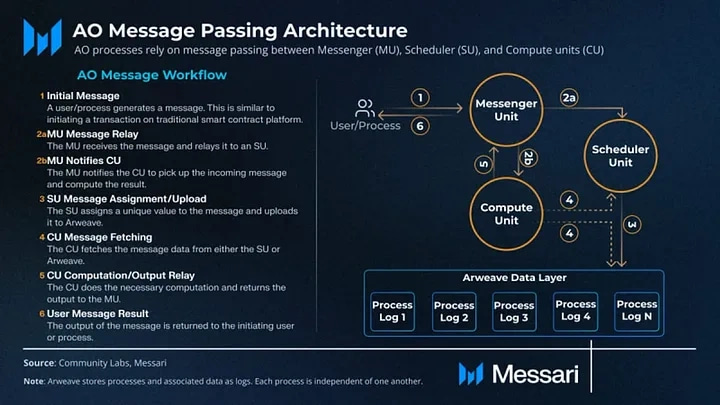
Technology
AO Computer incorporates innovative technologies that bridge blockchain principles with existing internet infrastructure. The core of AO's architecture is AO Core, which integrates blockchains within the HTTP layer of the internet. AO leverages HTTP Message Signatures (RFC 9421), an internet standard that enables cryptographic verification of every web request.
A key feature of AO is the use of hashpaths, which represent a sequence of verifiable interactions. Each interaction builds upon previous ones, forming a cryptographic chain of proofs. Hashpaths can be pre-computed, allowing users to verify specific states without the need to process the entire chain history.
AO’s architecture allows it to leverage existing web infrastructure, such as Content Delivery Networks (CDNs), as computational resources. By utilizing well-established web standards and technologies, AO enables blockchain-like functionality while making it accessible to the broader web development community without requiring specialized knowledge. [3]
Tokenomics
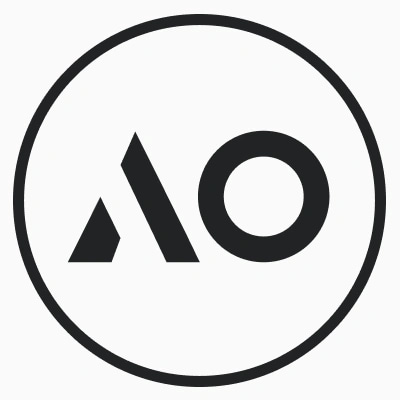
AO Computer Token ($AO)
The AO token serves as the native asset of the AO Computer network. AO tokens can be minted through bridging to the AO network, holding $AR (Arweave), or contributing to the ecosystem by building within it. Due to regulatory restrictions, users from the U.S. and certain sanctioned regions are not permitted to mint tokens. The total supply of AO is limited to 21 million tokens, with a halving schedule occurring every four years to manage inflation and regulate issuance. [5]

AO Computer
Feedback
Did you find this article interesting?
Twitter Timeline
Loading
Media


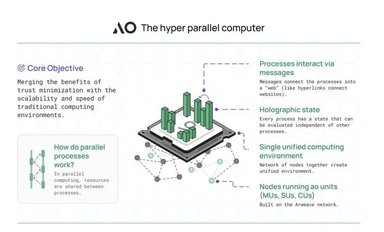
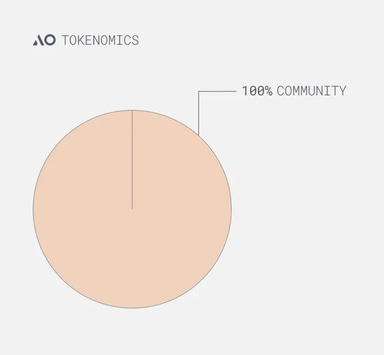

REFERENCES
[1]
[2]
[3]
[4]
[5]
[6]